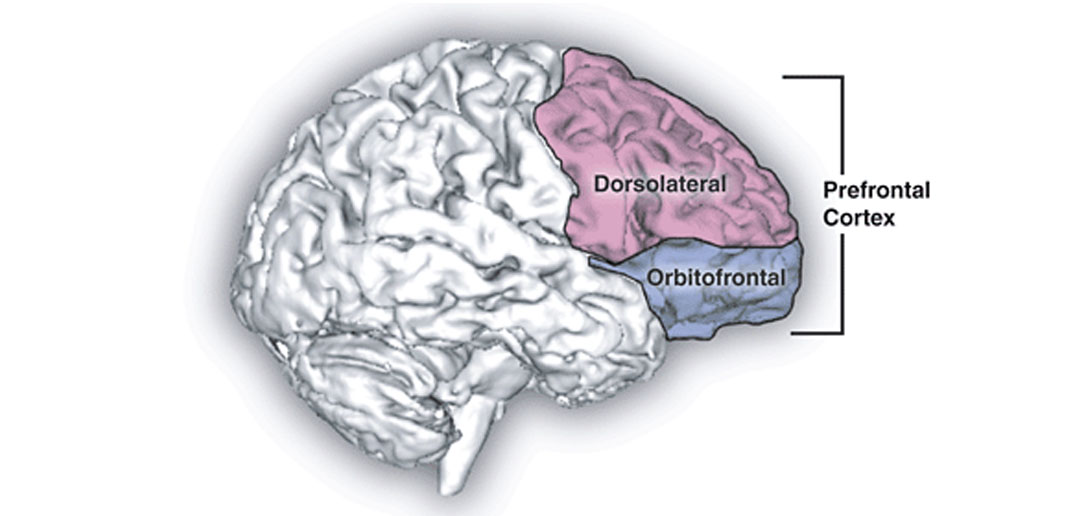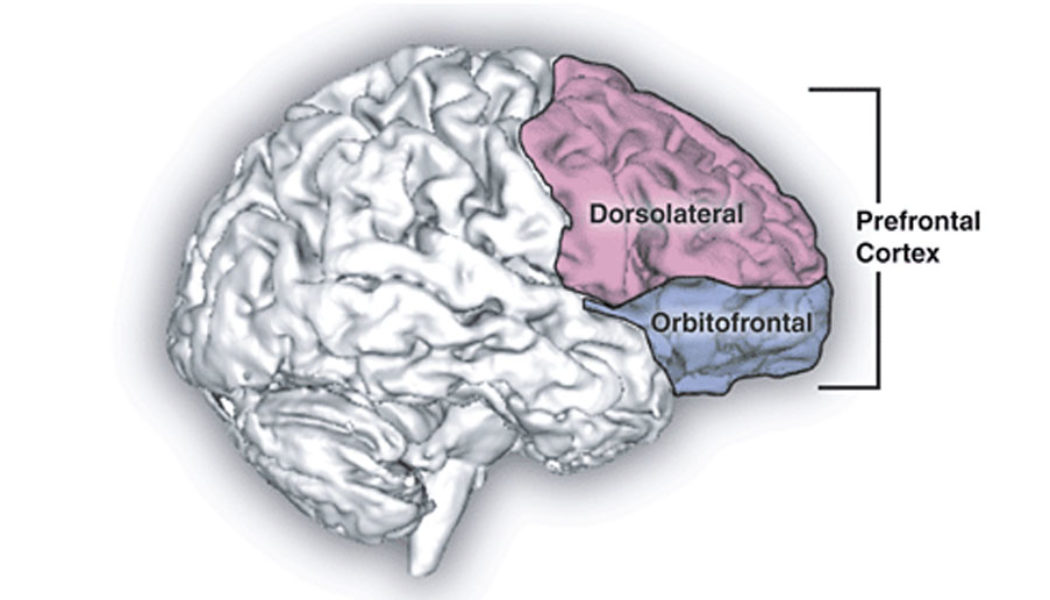
A recent neuroimaging study comparing music composers and non-composers found that composers have more efficient neural communication pathways in certain brain regions, such as the corpus callosum, anterior radiating corona, and the anterior and posterior branches of the internal capsule. Additionally, composers demonstrated stronger functional connectivity between the orbitofrontal cortex and regions involved in higher cognitive processes. This study was published in Brain-Apparatus Communication: A Journal of Bacomics.
Brain plasticity, or neuroplasticity, is the brain’s remarkable ability to reorganize itself by forming new neural connections throughout life. Engaging in activities that challenge the brain, such as learning new skills or engaging in physical or mental exercises, promotes neuroplasticity. Numerous studies indicate that music training also fosters neuroplasticity.
Music training involves systematic practice in playing an instrument or singing, leading to structural and functional changes in the brain. For instance, a study of jazz musicians revealed that extended musical training influenced the grey matter volume in both the right inferior temporal gyrus and the bilateral hippocampus regions.
Improvising musicians, who spontaneously create and perform music without pre-composed material, have been found to exhibit distinctive brain network connections compared to regular musicians. To produce original music in real time, these musicians rely heavily on creativity, intuition, and musical knowledge. This necessity is likely reflected in the functional specificities of their brains. Research suggests that the orbitofrontal cortex might play a particularly important role in this process.
Music composers also create original pieces of music in their work. With this in mind, study author Rui Ma and his colleagues set out to explore the specificities of neural functioning of music composers. They conducted a neuroimaging study in which they focused on the orbitofrontal cortex region of the brain.
The study involved 18 music composers and 20 non-musicians. The composers, recruited through an advertisement in the composition department of the Sichuan Conservatory of Music in China, had at least three years of composition training. To further confirm their skills, all composers passed a composition test organized by the conservatory. Non-musicians were recruited from the University of Electronic Science and Technology of China.
The average age of composers was 19 years, while it was 22 for non-composers. In terms of gender distribution, 56% of composers were female, compared to 30% of non-composers. Both groups underwent functional magnetic resonance imaging (fMRI).
The results showed that composers had more efficient neural communication pathways in the corpus callosum, anterior radiating corona, and the anterior and posterior branches of the internal capsule compared to non-composers. This efficiency was indicated by higher anisotropy scores and mean diffusion rates detected by fMRI in these areas.
Functional connectivity analysis revealed that composers have a more robust relationship between the orbitofrontal cortex and various regions involved in cognitive processing, such as attentional networks. Functional connectivity indicates how different regions of the brain communicate and work together during specific tasks or at rest.
“This experiment suggests that the structural and functional connectivity between the orbitofrontal cortex and other higher cognitive areas of composers is stronger than nonmusicians, which improves the understanding of the effect of composition training on structural and functional neuroplasticity,” the study authors concluded.
The study sheds light on the structural and functional specificities of composers’ brains compared to non-musicians. However, the design of the study does not allow any cause-and-effect conclusions to be drawn from the data. While it is possible that training in music composition created the observed neural differences, it is also possible that individuals with certain brain characteristics are more likely to become composers. Additionally, other unaccounted factors may have contributed to the observed differences.
The study, “Effects of music composition on structural and functional connectivity in the orbitofrontal cortex,” was authored by Rui Ma, Liangfeng Feng, Xiaolong Guo, Sijia Guo, Siyu Long, Hua Yang and Jing Lu.








